As I think I have mentioned, I was away in January, mainly in Cambodia, but also in Singapore. Since I have been back it has been a little hectic and so some posts reflecting on aspects of my time away have been a little delayed.
In Cambodia we were based in Phnom Penh and Siem Reap, and no that is not going to mean lots of temple photos in this blog (though I do have a lot of them). My focus here is on the markets we visited and saw and the roles they play.

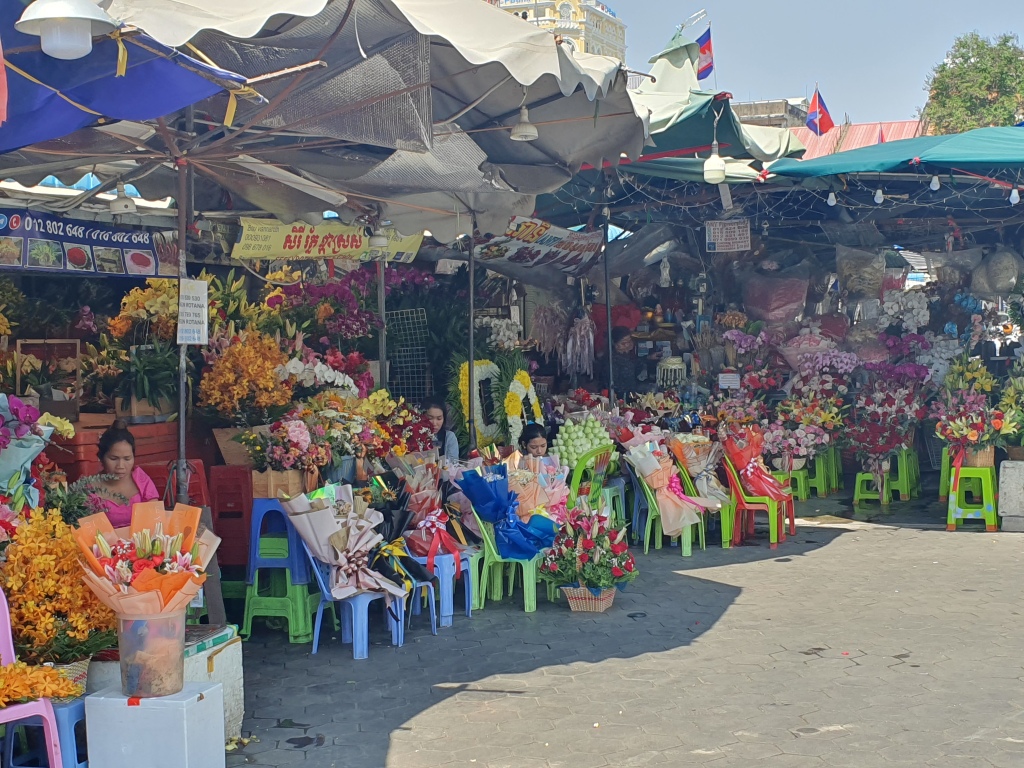
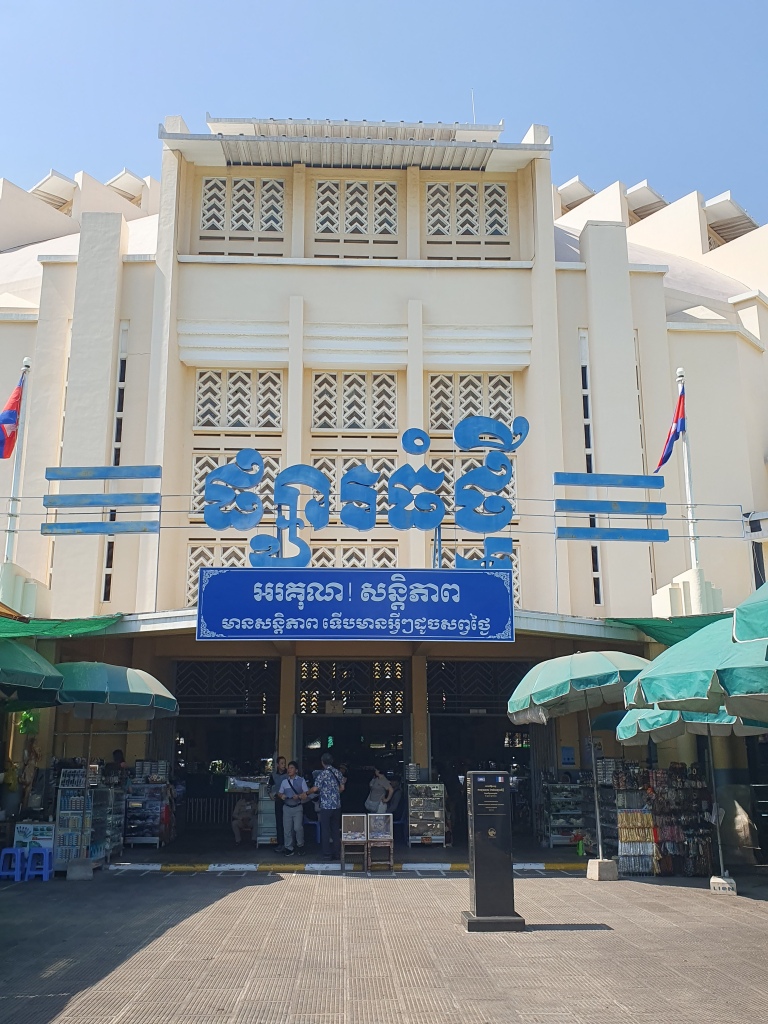
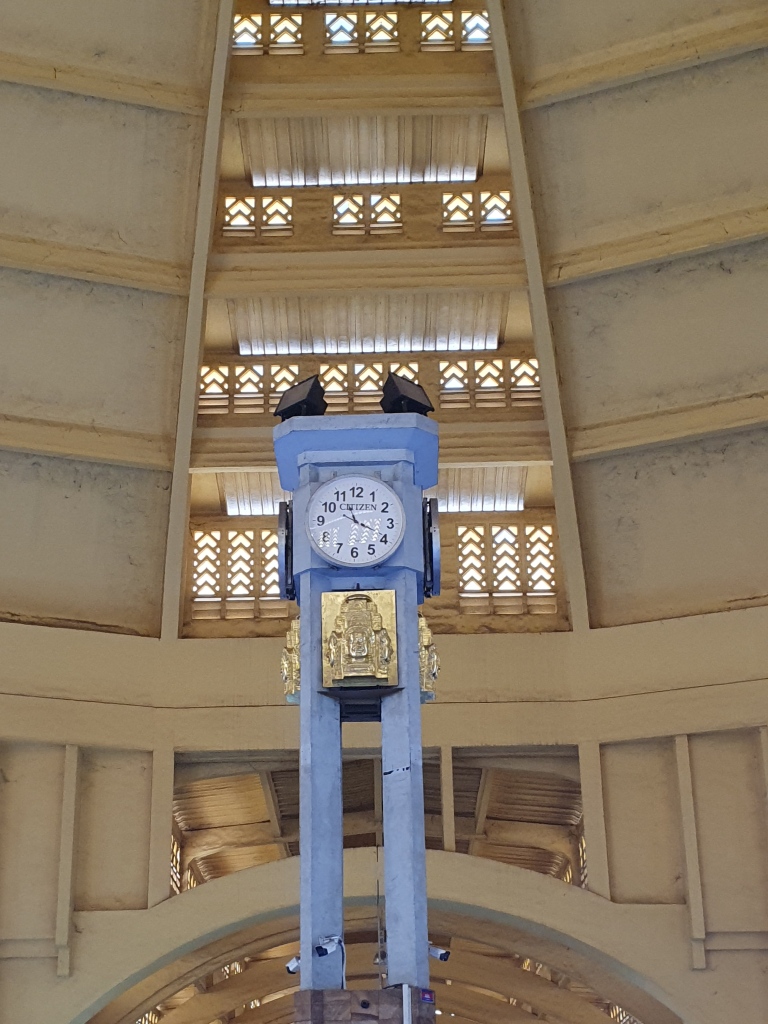
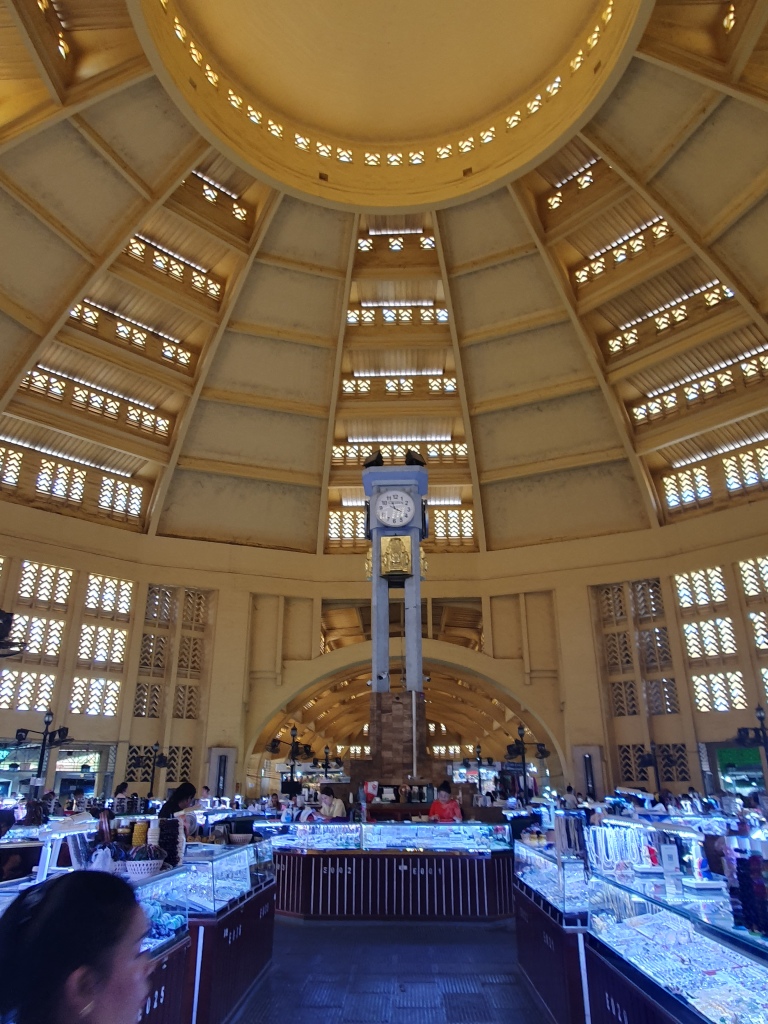
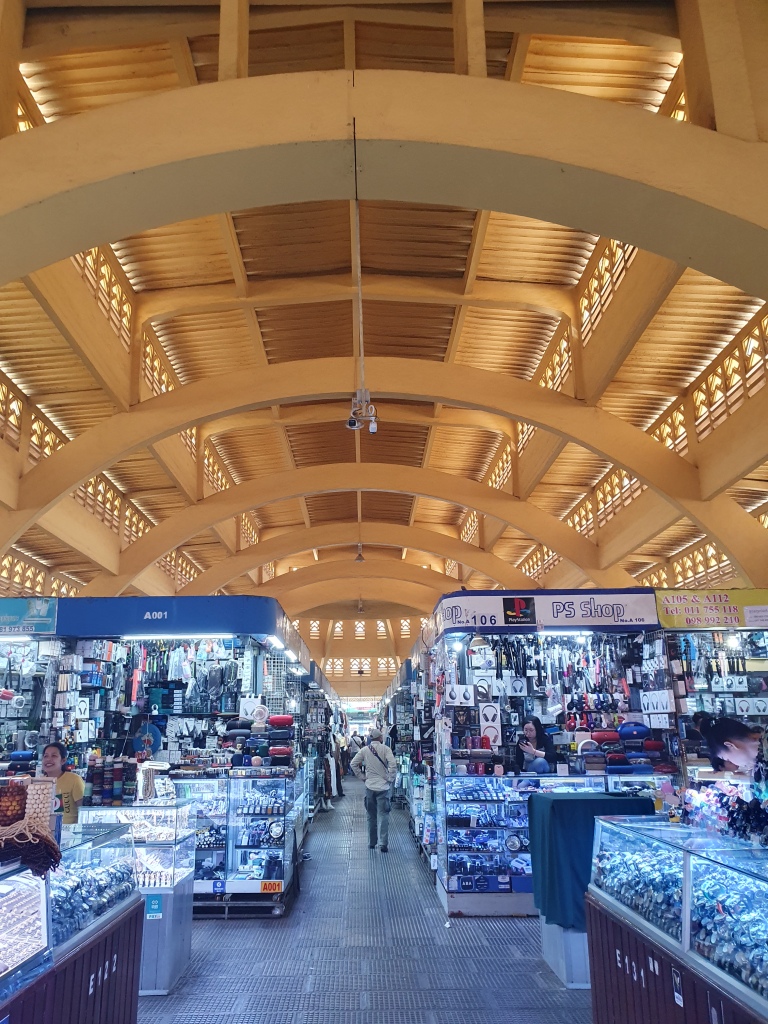
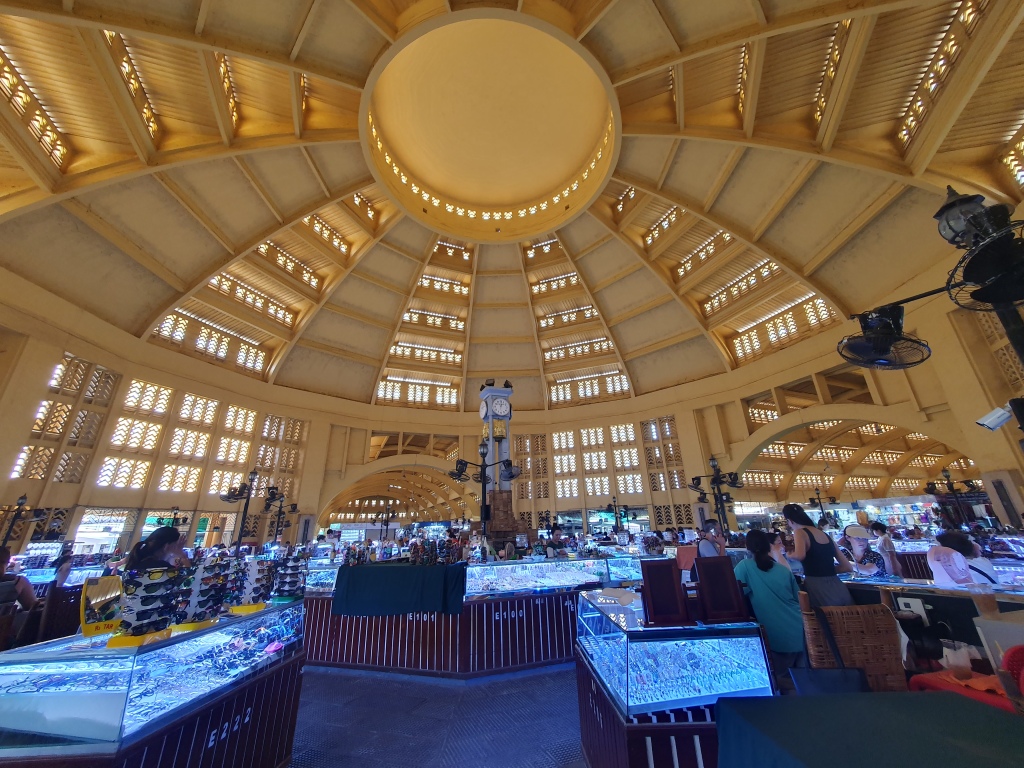
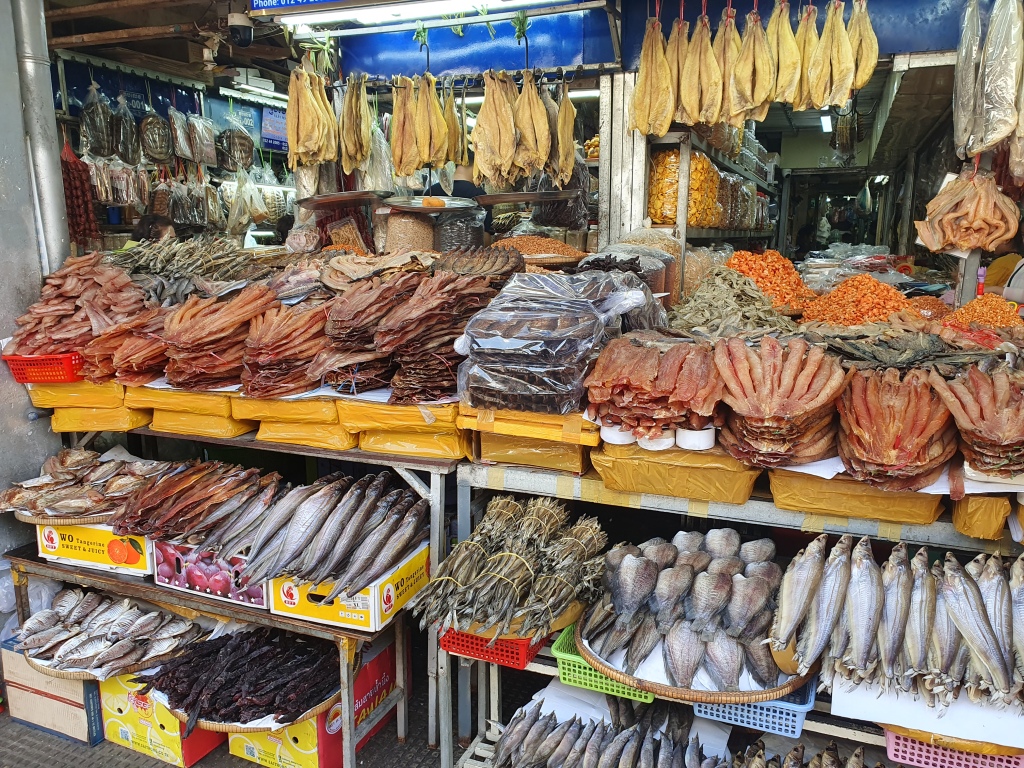
In Phnom Penh the 1930s (though renovated later) Central Market was a fabulous space, reminiscent in its dome of the Pantheon in Rome. The market was a mixture of lots of stalls in a relatively open plan, though sectioned, setting with food and flowers on the outside. It seemed to attract both locals and of course tourists. The Russian Market was a denser network of stalls, as was the main market in Siem Reap.
Travelling around, and away from some of the touristed areas, one could not help to see the influence and importance of markets in Cambodian life. The suburban and village markets were the hubs of local life and daily routine. The produce looked great in most cases. They attracted huge volumes of motorbike traffic.
In Singapore markets are likewise important though modern stores have made big inroads. The government has also sought to tidy up the markets from what I recall in the late 1980s. When I visited in October, the Tekka Market in Little India was closed for refurbishment and I did fear for it.

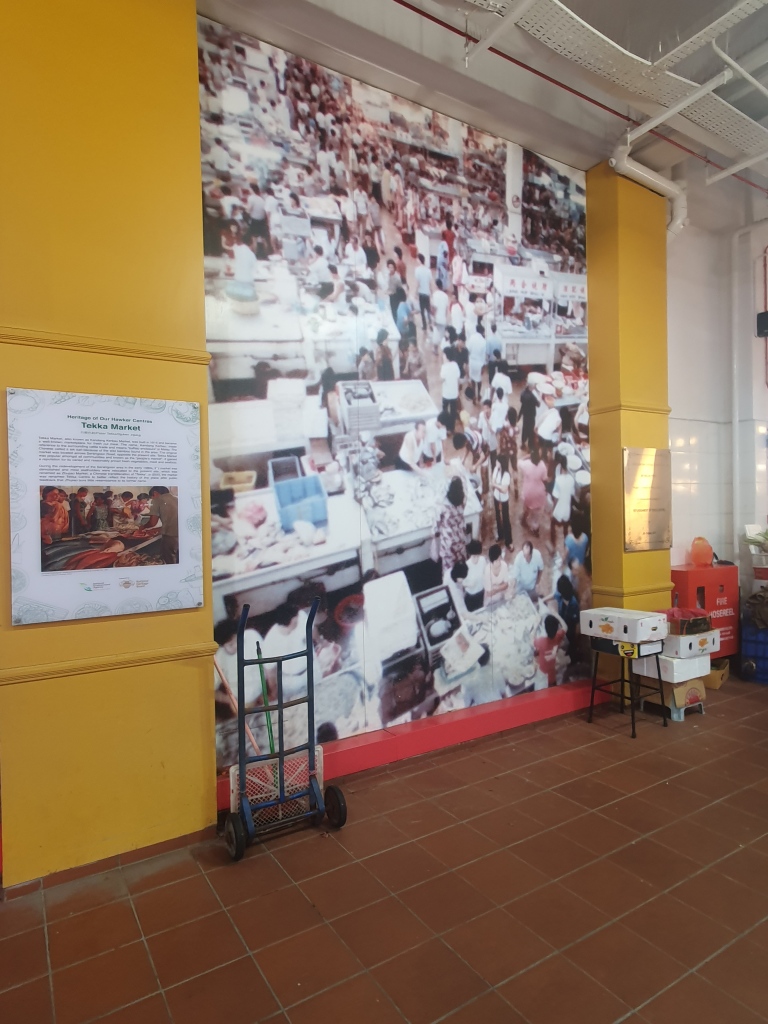
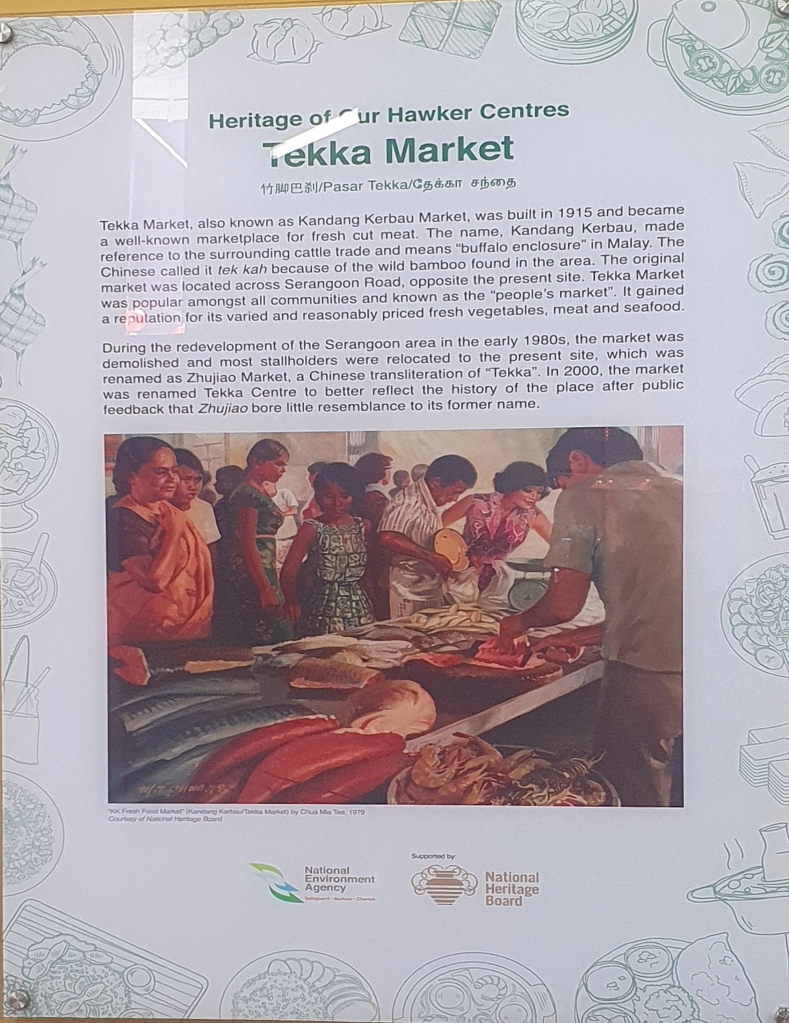
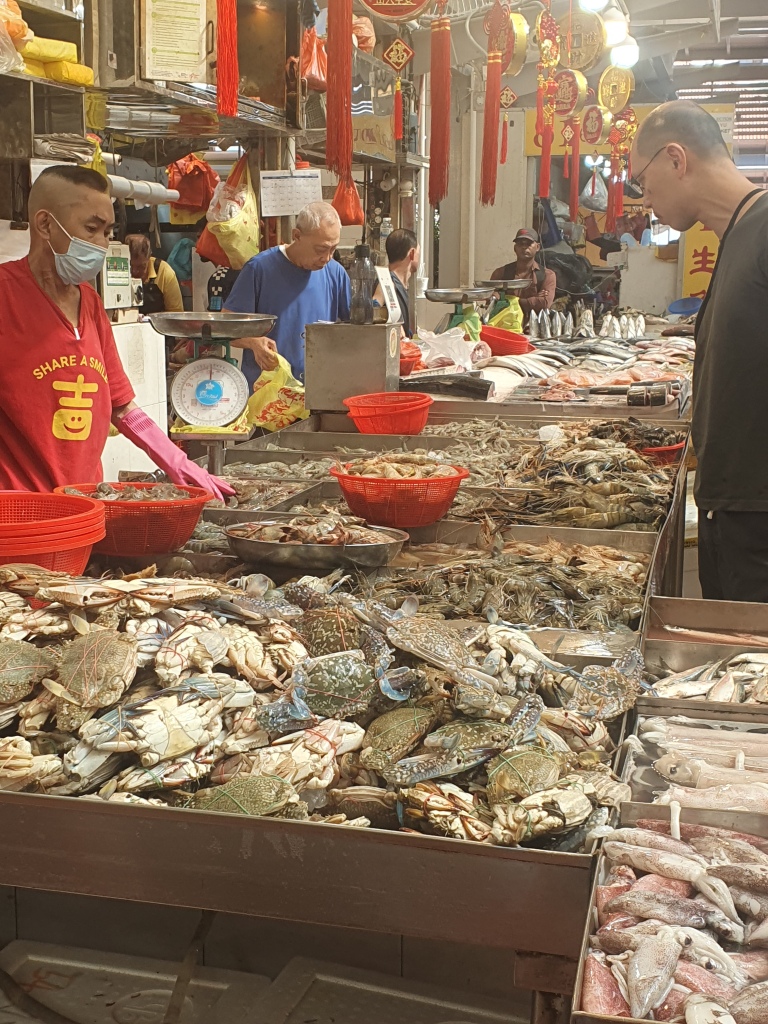
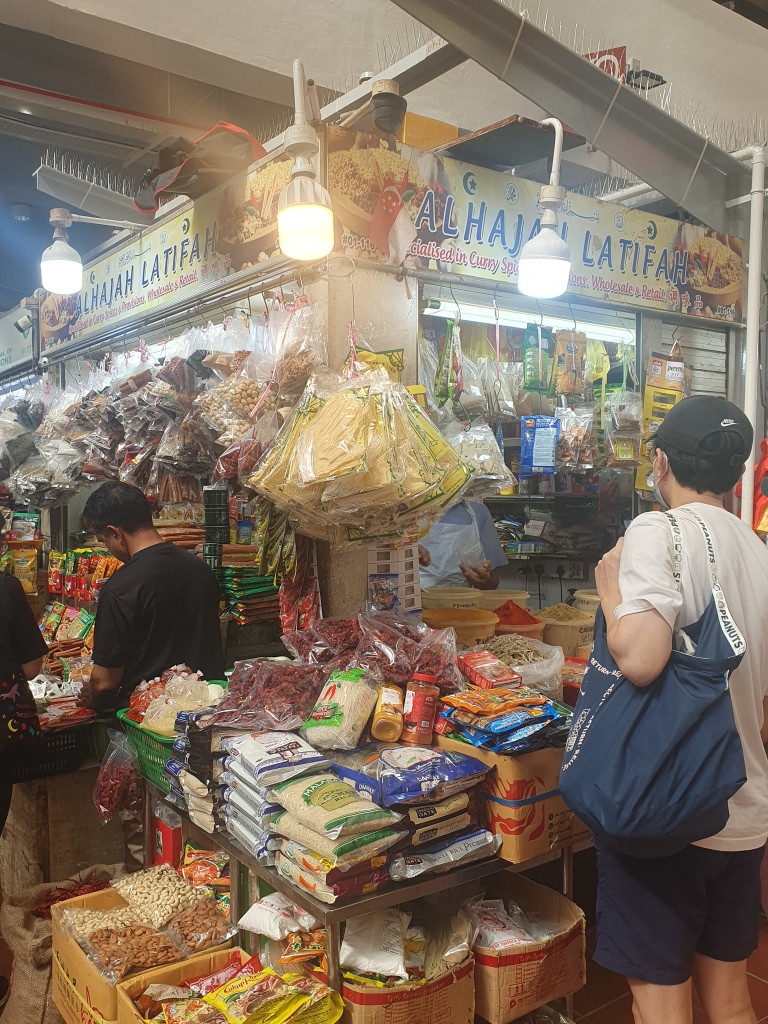
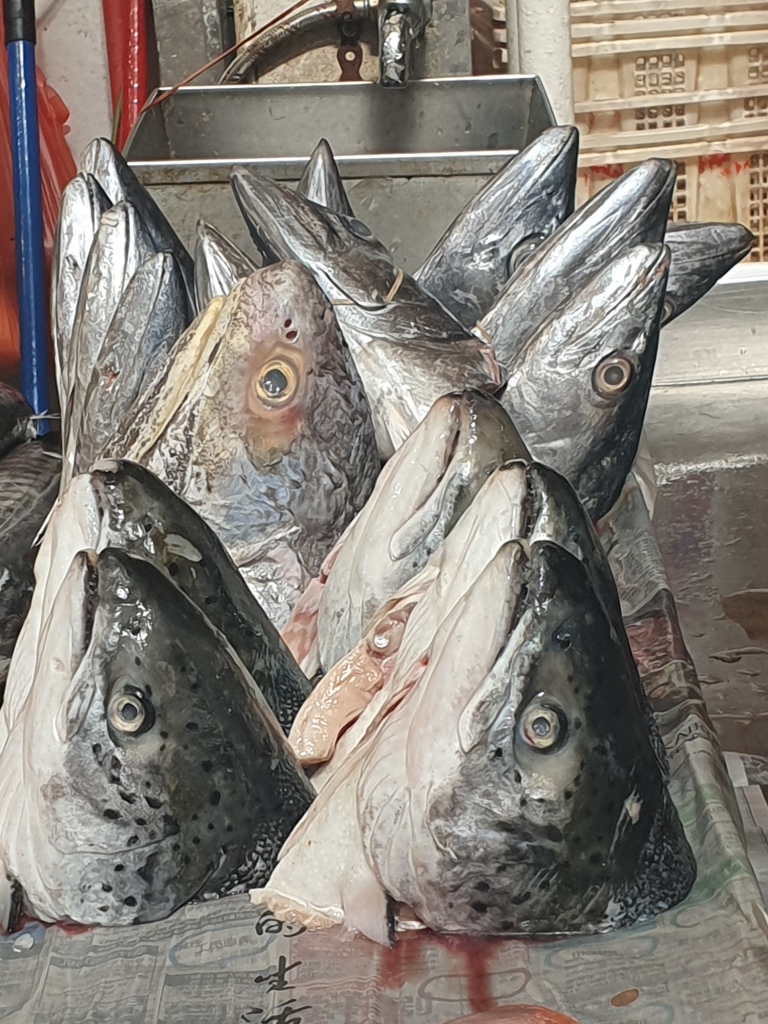


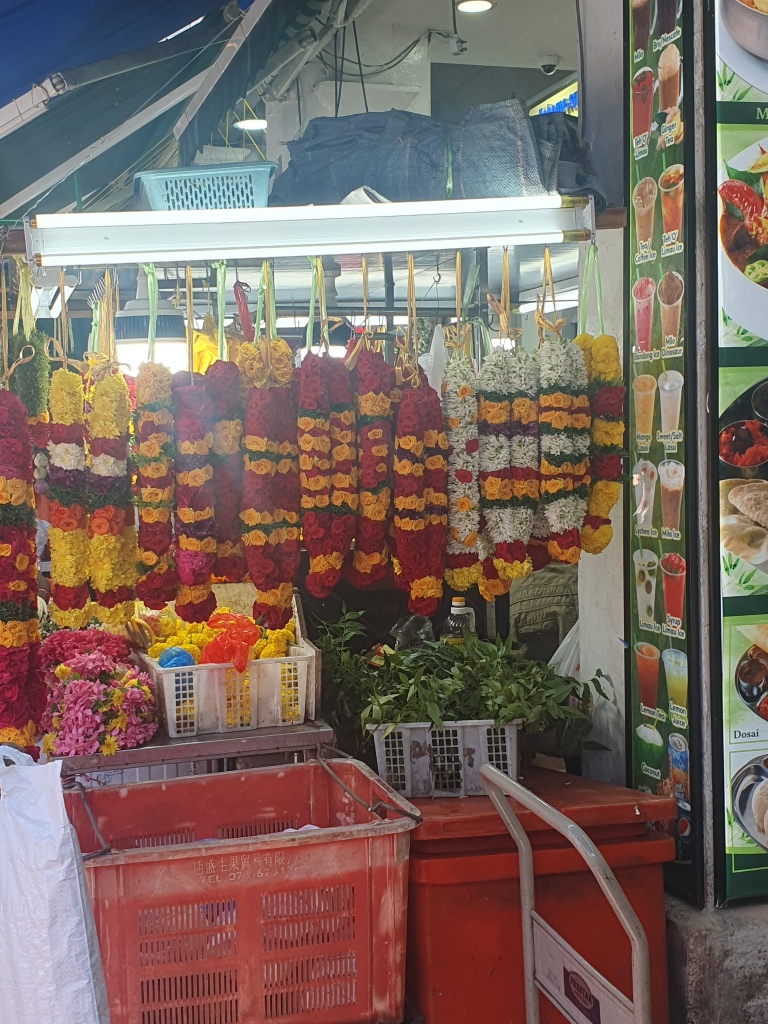
On visiting in January it was back, and as lively and vibrant as ever, both in the market stalls and the Hawker centre/prepared food section. I was very pleased to see the spice stall I have visited for years still in operation.
And finally on the theme of market vibrancy and centrality to people, here are some photos a friend sent me from Goa. The same idea and importance.
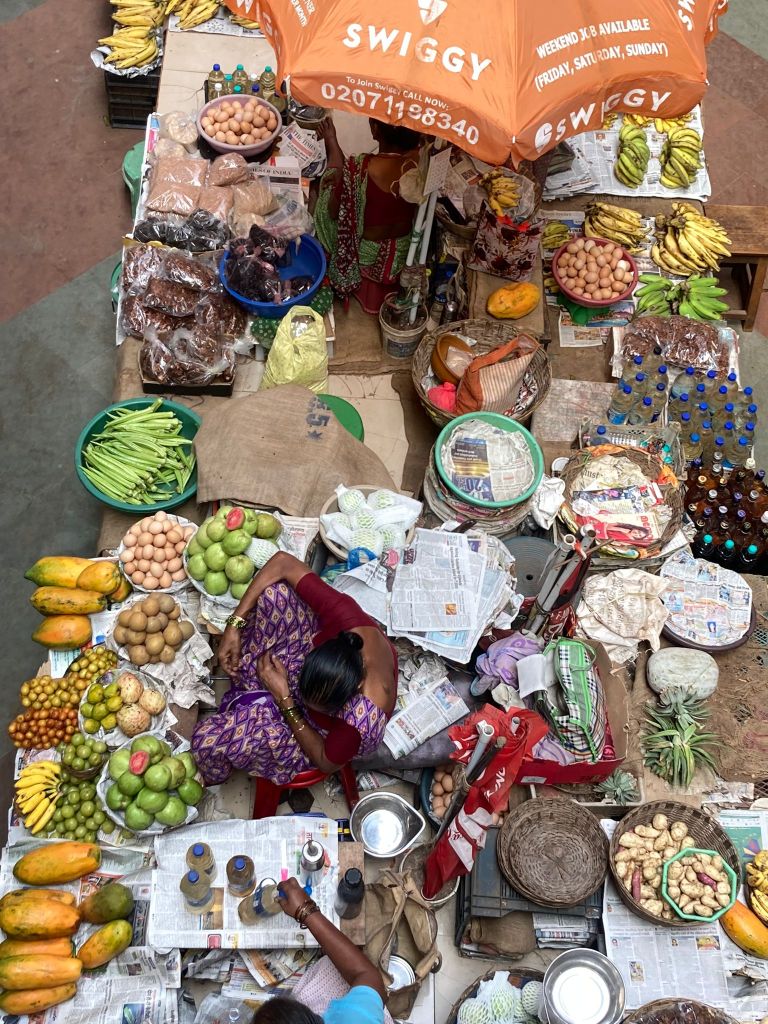
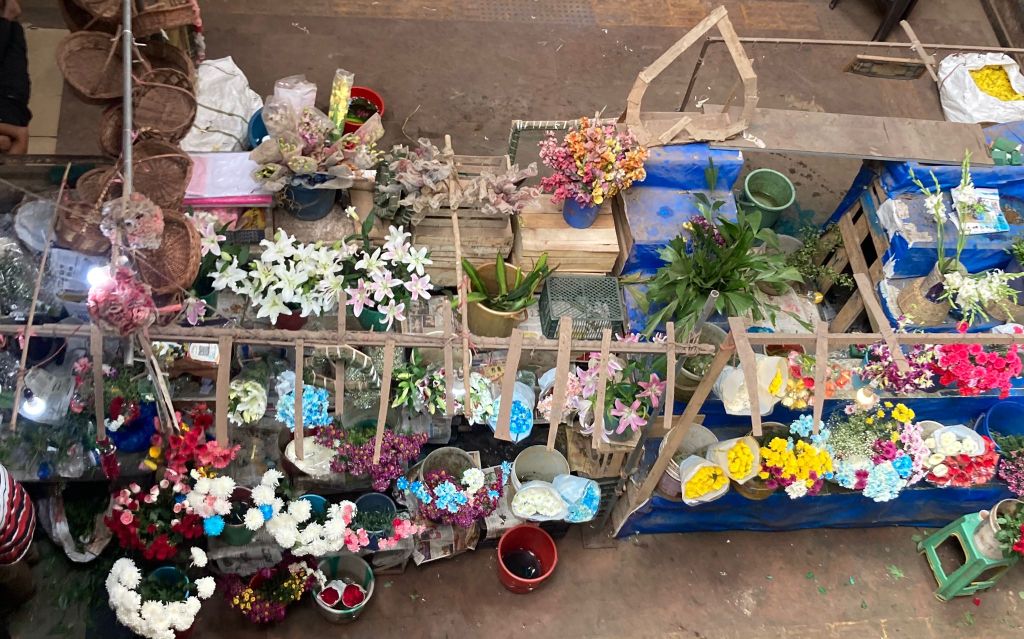
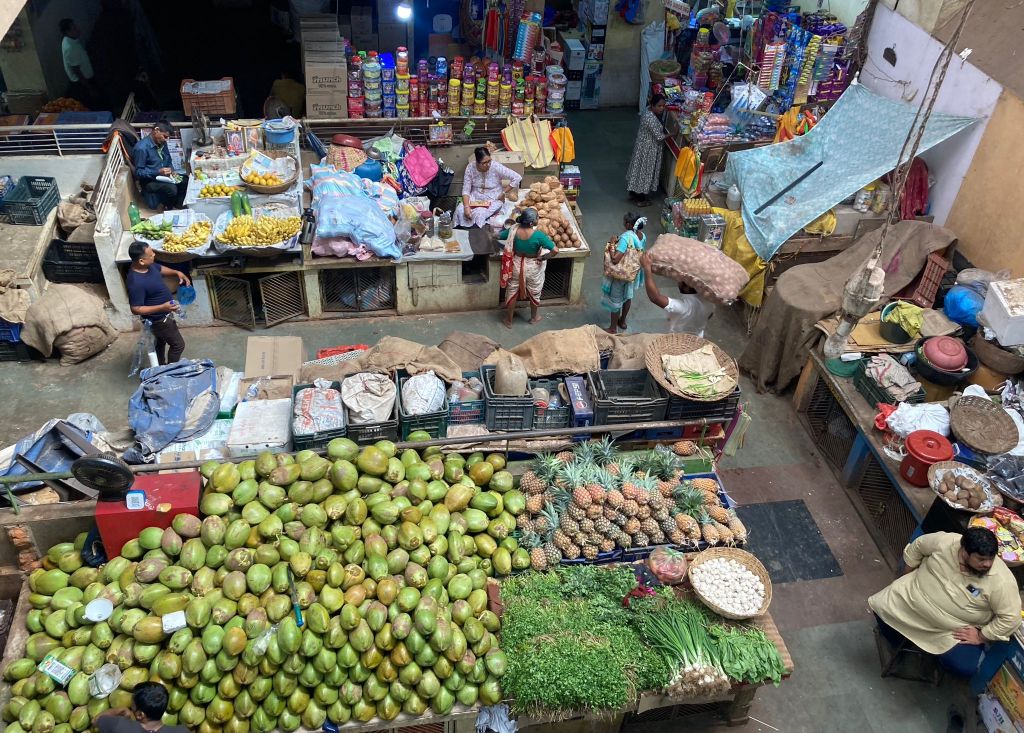
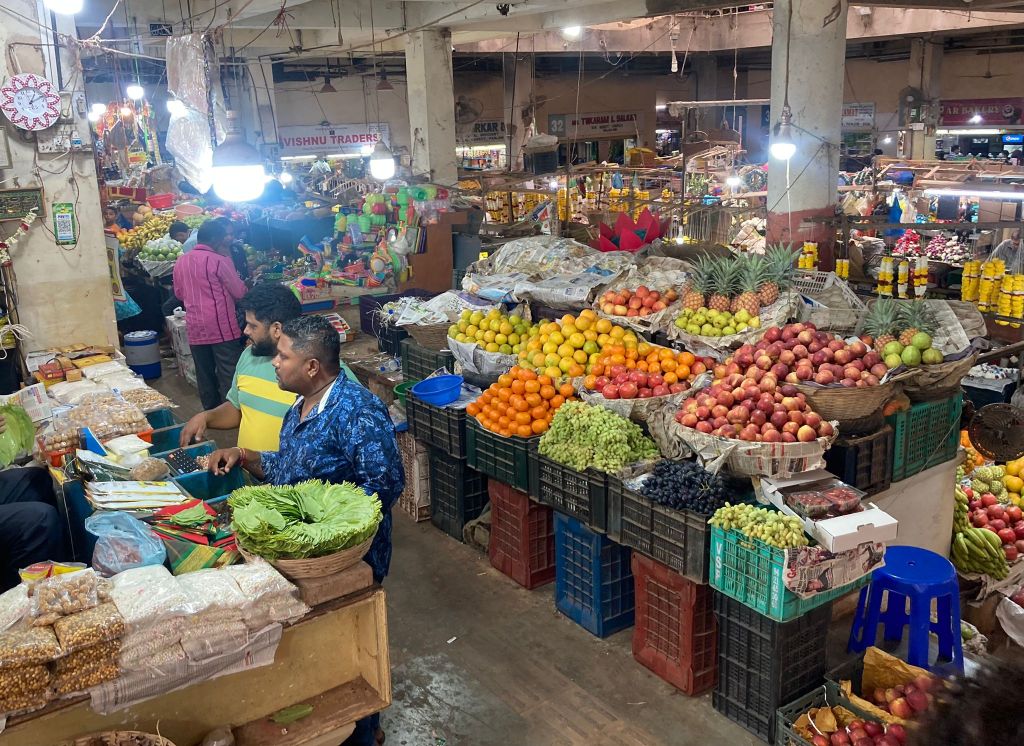
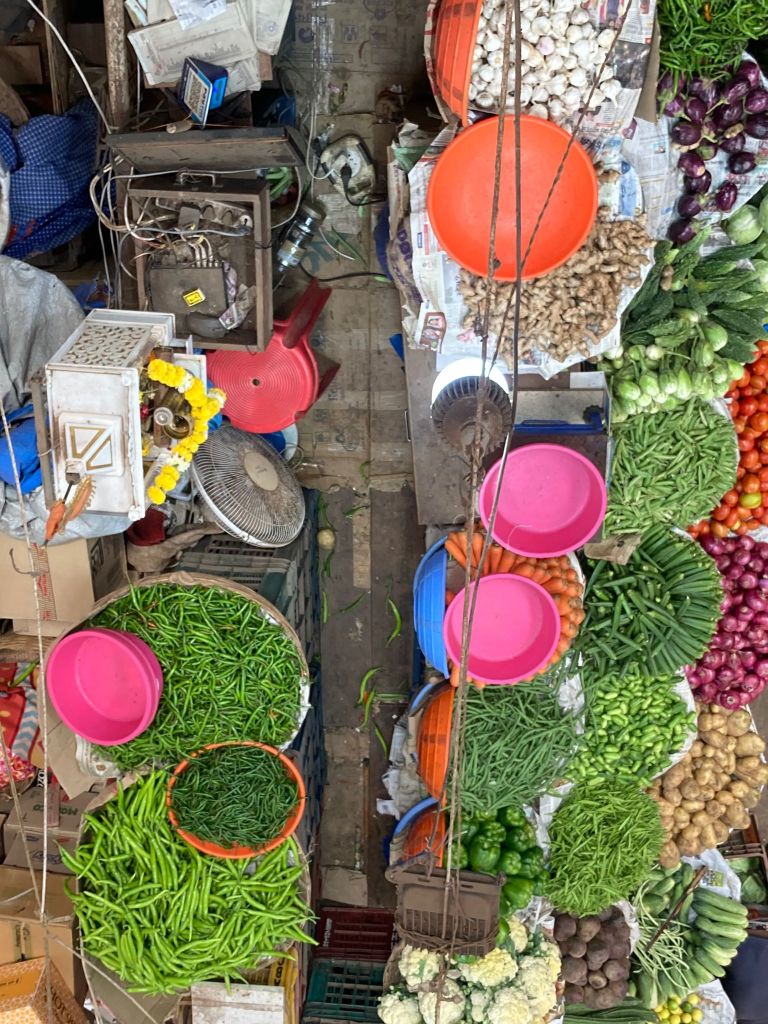
We really have lost so much of our food culture and life in so many parts of the UK, and are the poorer for it. These Asian markets show how the local food networks provide for supply and local economic engagement. There are of course many contextual differences to the UK, but when you think what our food supply looks like, one has to question the direction we are taking. This is not the case everywhere but we could do worse than investing locally in proper market facilities and supporting those who produce for them.
